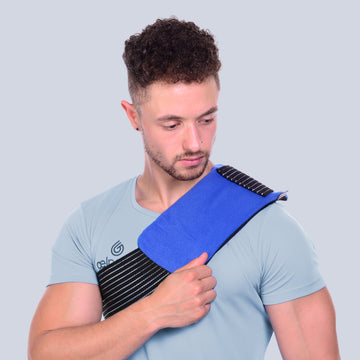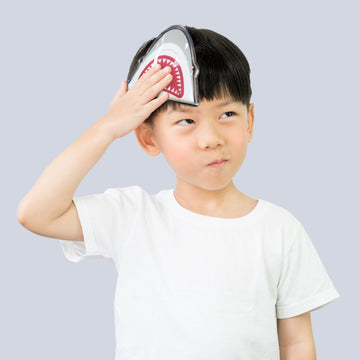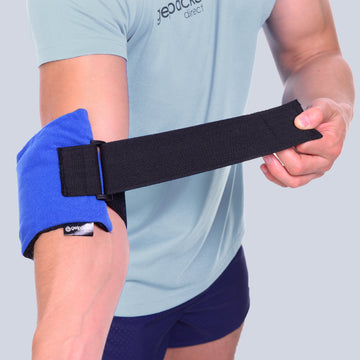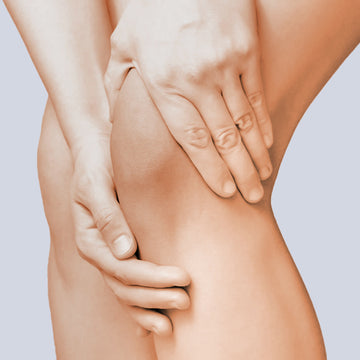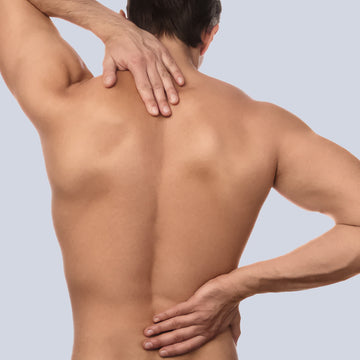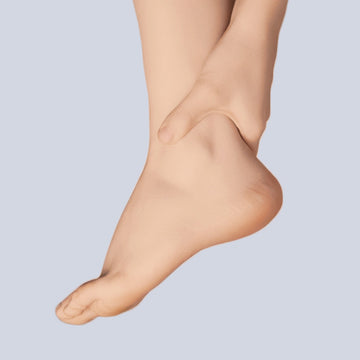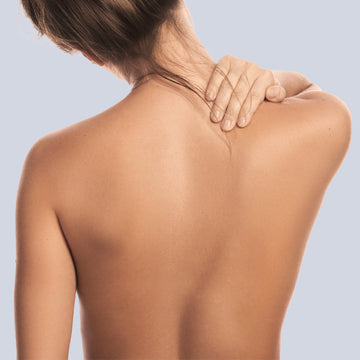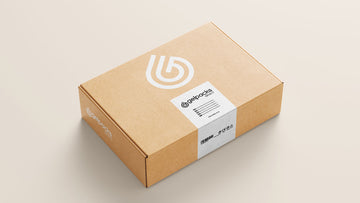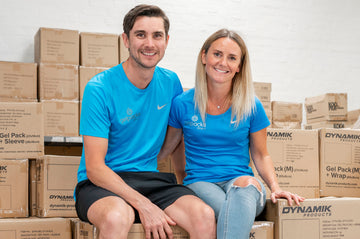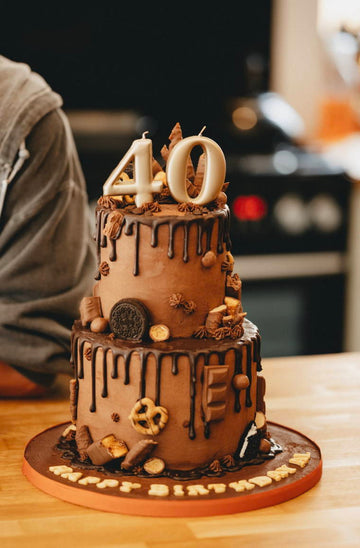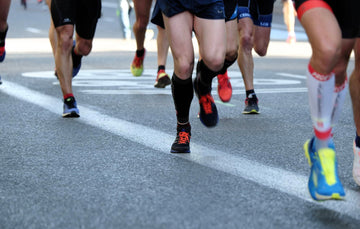Posted by Tia Patel | Nov -19 -2020
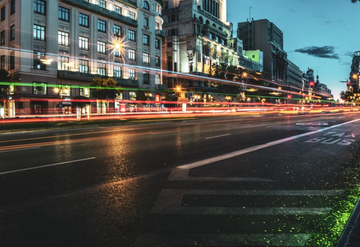
Road Safety Tips
We’ve all heard horror stories of runners and cyclists being struck by cars whilst out training, but how many of us actually take time out to think about our own personal safety? The Royal Society for the Prevention of Accidents (RoSPA) latest statistics show that around 5 people die each day on the UK’s roads with a total of 17,550 cyclists injured in 2018. Now that’s a scary thought!
For road safety week, we’ve brought together the experts tips for road running safety, cycling road safety and safe driving.
Road Running Safety
1. Leave word - Tell somebody or leave a note at home about where you plan to go and how long you plan to be out. That way your loved ones will know to come look for you if needed. Make sure you take your phone with you. If you dare, use the Find My Friends App on your smartphone, that way, you are fully trackable!
2. Identify yourself - Run with proper ID, this means carrying your emergency contact details on you in the form of a bracelet or with the information taped onto the back of your phone.
3. Pretend you're invisible - Imagine that a driver can’t see you, and behave accordingly. Don’t assume that because you can see them, they can see you.
4. Face traffic - It’s easier to see, and react to, oncoming cars. Cars will also be able to see you more clearly too.
5. Be seen - Wear high-visibility, brightly colored clothing. When out near or after sunset, reflective materials are a must. (If you don't own reflective clothing, a lightweight reflective vest is a great option.) And use a headlamp or handheld light so you can see where you're going, and drivers can see you. The light should have a bright LED (drivers see blinking red as a hazard).
Read our winter running guide for our top 5 visibility gadgets.
6. Unplug your earphones - Avoid wearing headphones so that you can hear approaching vehicles. If you do use headphones, run with the volume low and just one earbud in.
7. Beware of high-risk drivers - Steer clear of potential problem areas like entrances to parking lots, bars, and restaurants, where there may be heavy traffic. Watch out for early birds and night owls where people may be overtired and not as attentive.
8. Mind your manners - At a stop sign or light, wait for the driver to wave you through and acknowledge the driver with your own polite wave. That acknowledgement will make the driver feel more inclined to do it again for the next walker or runner.
Cycling Road Safety
1. Plan your journey before you start - If you have a long ride ahead of you or if you are new to cycling and are likely to get tired before you reach your destination, alter your route to take this into account. This may mean using quiet roads or cycling facilities, such as off-road cycle paths, towards the end of your journey or stopping for a quick break. This might sound simple but accidents commonly happen towards the end of a ride. If you know your route well, you can plan more effectively.
2. Anticipate movements - Some vehicles travelling in front of you may need to stop quickly. You need to leave enough distance between you and the vehicle ahead so that you can pull up safely if it suddenly slows down or stops.
3. Braking distances vary on bikes so know yours before setting off on the road. Remember to take account of the road conditions and weather and be mindful that it takes longer to stop on a bike than it does in a car. What is happening around you can change very quickly so make sure you stay aware of your surroundings at all times. If you can’t get your hands to your brake levers quickly, you might not be able to stop in time if you need to. Cycle with your hands covering your brake levers.
4. Start with good road positioning - Make sure your road position is not too close to the kerb. Move into the primary position to pass side roads if there is any danger in order to maximise the chances of you being seen.
Under new rules on the Highway code, cyclists can ride side by side which is safer and more convenient for all road users.
5. Communicate with other road users - Try to make eye contact with drivers/pedestrians to check whether they have seen you. If the other road user is not looking at you, they may not have seen you!
6. Avoid filtering when it will put you in conflict with other road users - This is a useful way for cyclists to get ahead of queuing traffic. However, you should be aware when filtering past junctions as vehicles travelling in the same direction as you may give way to oncoming right turning traffic, which may well be out of your line of sight and may not be aware of your presence. Be extremely careful if passing a HGV, or other long vehicles (for example, a coach or bus) on the inside.
7. Check for a gap in the traffic when avoiding obstructions - If you can only avoid an obstruction by moving out into the flow of traffic, check over your right shoulder first to ensure you have room to move out. If a vehicle is travelling too close to you to allow this, slow down until you have a safe gap.
8. Cross tramlines and level crossings safely - If you need to cross tramlines do so slowly and as close to a 90 degree angle as possible to avoid your tyres slipping into the gap and becoming trapped.
9. Be seen - The Highway Code advises that you should wear light-coloured or fluorescent clothing in daylight and poor light conditions. It also recommends reflective clothing or accessories in the dark. Make sure you know the Highway Code regarding lights and reflectors – it is a legal requirement for you to have a white front and red rear light lit at night and to have a red rear reflector attached.
Read our winter cycling guide
Safe Driving Tips
1. Always check your mirrors and blind spots - It is imperative that motorists check their near side mirrors and their blind spot before setting off from a fixed position. Doing so can be the difference between noticing a cyclist and being unaware of their presence which is a dangerous position to be in.
2. Give appropriate space when overtaking cyclists - It is recommended that motorists give cyclists at least 1.5m of space when passing them. For cars this is usually remembered by the short-cut of 1 car's width of space.
3. Know the rules of the road -all road users should be fully aware of what is expected of them in order to navigate their journeys in the safest possible manner. We advise that drivers not only know what is expected of them, but specifically read up the advice which is available for cyclists too.
4. Signal your intentions clearly - 70% of collisions involving cyclists are caused by driver error or fault, and not indicating is one of the biggest errors that drivers can make. Make other road users aware of your intentions as early as possible. This means using your indicators, hazard warning lights and pushing on the break to slow down early.
5. Keep your aggression at bay - One of the most dangerous things a driver can do is lose control of their emotions. Road rage causes motorists to lose a large degree of control and cyclists are often a source of frustration. You need to keep in mind that cyclists have as much right to use the road as you, and comprising their safety to avoid a temporary delay is not acceptable.
6. Control your lights at night - Just as you should with oncoming cars, make sure that you dip your headlights when opposite cyclists at night. A bright headlight can easily dazzle someone, causing them to lose control and end up in a collision.
So whether you're a runner, driver or cyclist, stay safe on the roads this winter - it's all of our responsibilities to look after one another!
#TeamGPD
